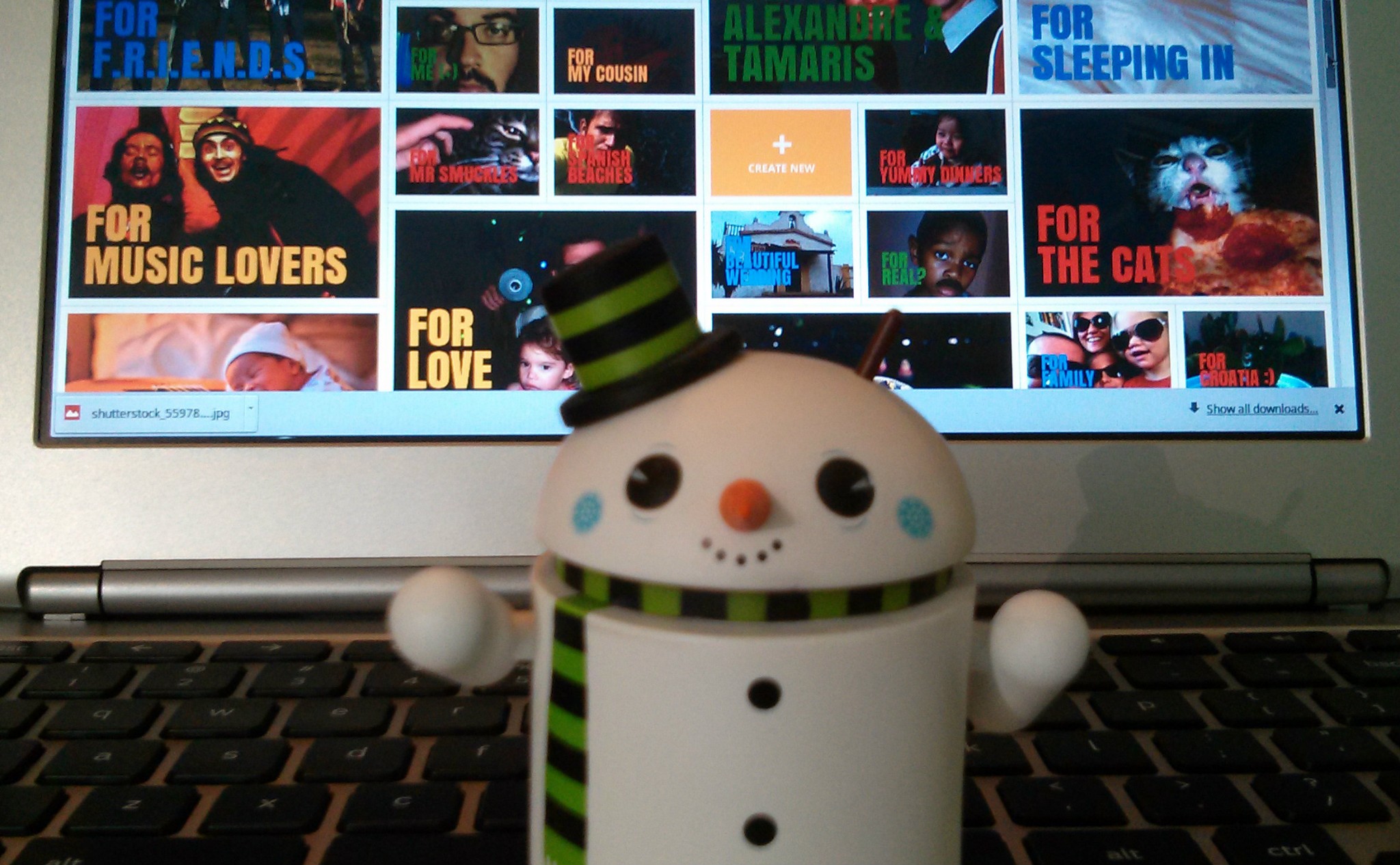
My tech life completely changed in 2012
I join colleagues Mihaita Bamburic, Alan Buckingham and Wayne Williams recounting what tech I used in 2012. But unlike them, I made dramatic platform changes, more significant than first using Windows over New Years holiday 1994, buying a reburbished PowerBook in February 1999, adopting Facebook and Twitter in 2006 or purchasing Nexus One in January 2010. Each of these marked major platform changes -- and some not always lasting. Consider this: in early 2012, I owned a 1.8GHz Intel Core i7 MacBook Air, iPhone 4S and iPad 3. I end the year using Chromebook and Android smartphone and tablets.
During the year I moved from OS X and Windows running on Intel to an ARM-and-Chrome OS laptop, and after several failed attempts at adopting tablets (three generations of iPads, really), I embraced not one but two Android slates. I store all my data in the cloud -- local storage is now merely a way station between destinations rather than personal repository. This old dog is learning new tricks, and if I make such dramatic platform changes what does that mean for younger users who are more flexible and not as financially or habitually Apple/Microsoft/Intel committed? Look around, the PC era rapidly evaporates around you and its disappearance will be difficult to ignore in 2013.
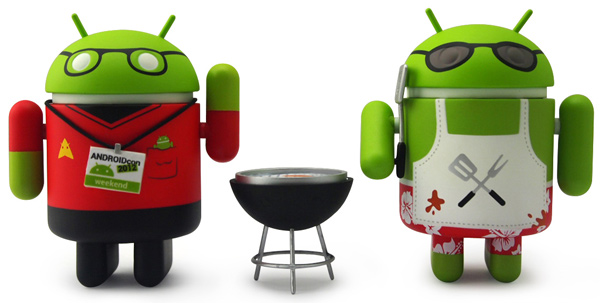
10 must-have apps for your new Android device
Yesterday my colleague Wayne Williams posted hist list of must-have iPad apps. Of course I did not want Android fans to be left out, so I sat down and thought about the apps I use most on my Galaxy Nexus. This was a tough decision because there are many. Of course, it is also purely driven by personal opinion and tastes, but many of these types of lists are.
So, if you found a new phone or tablet under your tree on December 25th and you are wondering what you should install then here is a top-10 list of my personal recommendations.
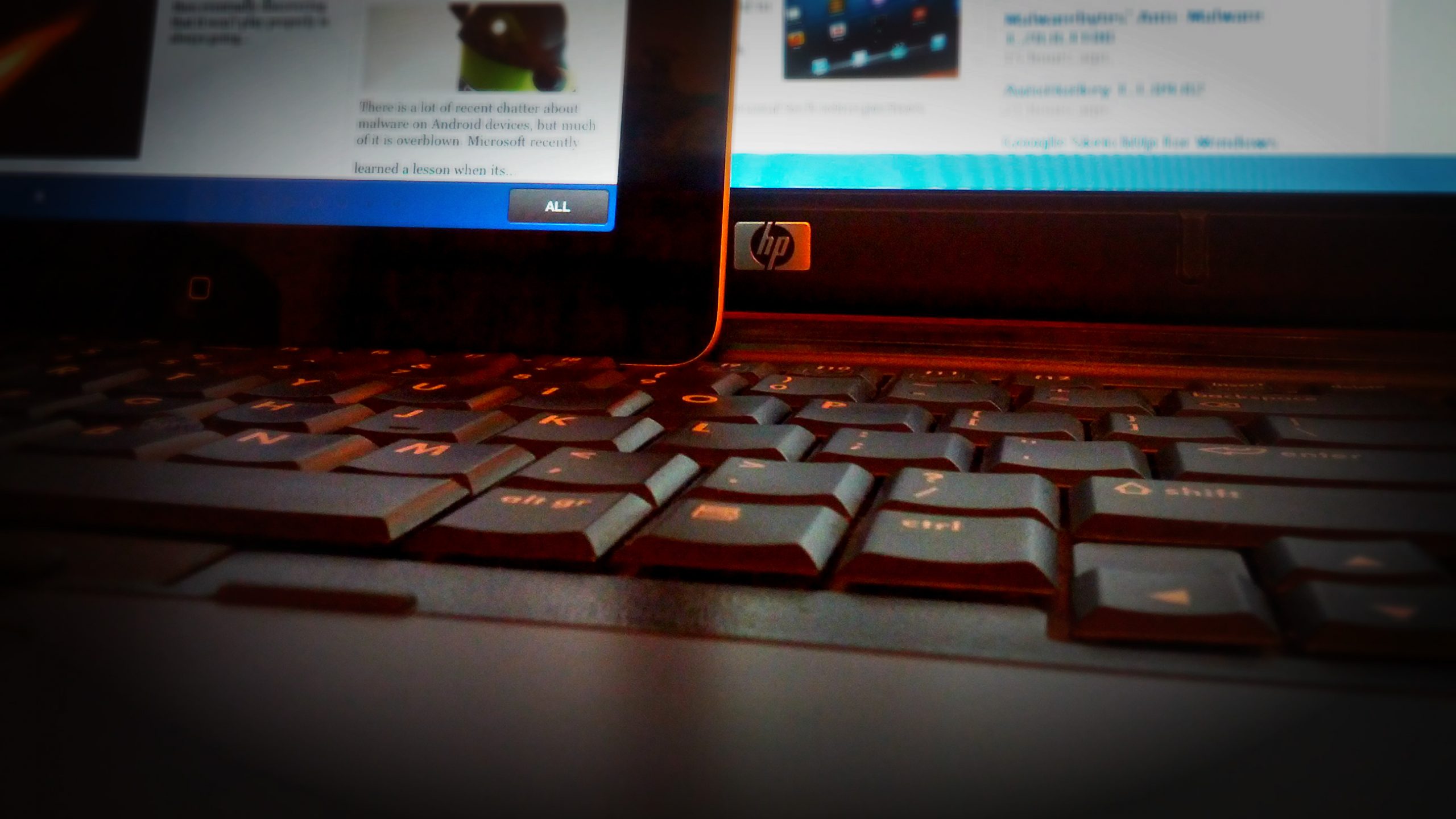
[Mihaita] The tech I used most in 2012
If there's one word that best describes my personal tech use for 2012, change is definitely it. For the most part of the year I "cheated" one platform with another, with no particular personal favorite to get me through (almost) 365 days. Each piece of software and hardware is used for a particular scenario, something that I find rather soothing for my personal early adopter endeavors as well as my sanity. I just can't stand tinkering with the same bit of tech for longer periods of time, although there still is a dear old friend in my life...
My colleagues Alan Buckingham and Wayne Williams already wrote about their personal tech choices in 2012, and now it's my turn. Without further ado here is what I used most throughout the year, starting with my trusty dear old friend.
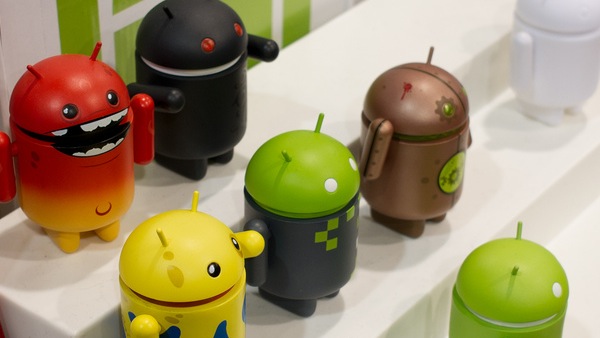
Android manufacturers should embrace modding
Android modding is often perceived as a rare disease that must be treated at all costs with tightly locked bootloaders and impossible to root devices. When users do want to remove the shackles imposed by manufacturers, and carriers alike, there's always a sense that someone will suddenly knock on the door and say: "Stop, we'll void your warranty. Your device must run unadulterated software!" That's just limited thinking. Modding is beneficial and not just for those roaming around in obscure corners of the interwebs.
Some argue that modding is just that insignificant other that is over-hyped per the overall scheme of things. When enthusiasts ask for unlocked bootloaders or maybe easier to root devices, those very same people will shorty argue with "Most people don't need that, so your wish doesn't matter!" Obviously there's some "truth" to that, because in most cases the deniers don't bother to read thousands of forum posts or even to check custom Android distribution statistics. Yes, there are such things.
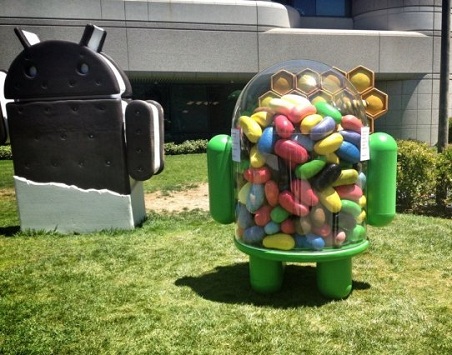
A third of Android devices now run Ice Cream Sandwich and Jelly Bean
Jelly Bean may be the youngest member of the Android family, but it’s also enjoying some amazing month-on-month growth, based on the number of devices accessing Google Play during the 14 days ending December 3. It still has some way to go to match Gingerbread though, which is yet again the green droid ruler.
On November 13, the search giant introduced its latest sugary treat, Android 4.2. Three weeks later, the new version of Jelly Bean had claimed a distribution level of 0.8 percent, a number aided by Nexus 4 and Nexus 10 sales, and Galaxy Nexus and Nexus 7 upgrades. That growth however, pales in comparison to 4.1 Jelly Bean which is now found on 5.9 percent of green droid devices, an increase of 118 percent when compared to the previous figures released in early November.

Google posts Android 4.2.1 factory images for the Nexus 4, 7, 10 and HSPA+ Galaxy smartphone
Just three days ago Google released the Android 4.2.1 Jelly Bean update which now recognizes that December and Santa Claus do exist. Today the Mountain View, Calif.-based corporation updated the factory images for the Nexus 4, 7, 10 and HSPA+ Galaxy Nexus with the latest version of the green droid operating system.
Using the factory images the four Nexus devices can be directly upgraded to Android 4.2.1 Jelly Bean, build number JOP40D, without waiting to receive the over-the-air update. In similar fashion, green droid modders can take advantage of the factory images to restore the devices to stock after previously using a custom distribution such as AOKP Jelly Bean Milestone 1 or CyanogenMod 10.
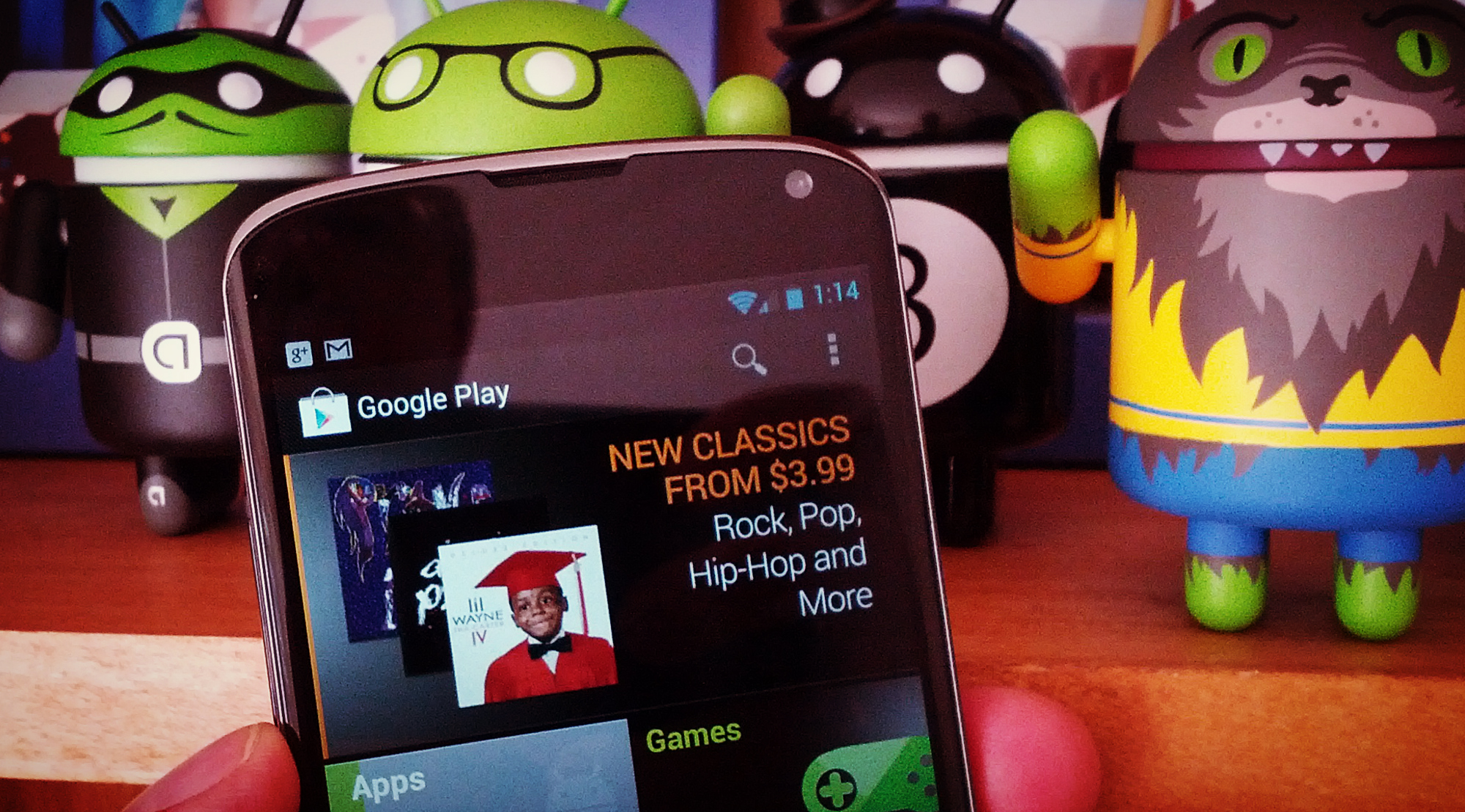
Google Nexus 4 first-impressions review
The LG-manufactured Nexus 4 is nearly perfect. Unless you have no other choice, perhaps because of unsupported cellular carrier and binding contractual commitment, put Google's newest smartphone at the top of your must-buy list. The device satisfies in all the right places -- battery life, call quality, display clarity, size and visibility, operating system and performance. There are other Androids with comparable or better hardware, but they typically slap on a secondary UI and ship with older OS. It's not the measure of one attribute, or even a couple, but many combined that make Nexus 4 so good.
But nearly isn't perfect. Nexus 4's flaws, while subtle, will be serious for some potential buyers. There is no 4G LTE, for example. The feature is built-in to the Snapdragon processor but not properly enabled. The phone is HSPA+ for data, which works on GSM carriers like AT&T and T-Mobile USA. No LTE is a deal-breaker for some people, as seen in commments here and elsewhere. Something else: LG copied Apple, which put glass on the back of iPhone 4 and 4S and rightly abandoned the design with the newest handset. Double-sided glass makes the phone less durable than should be, particularly if dropped. Finally, many Galaxy Nexus users won't find its successor to be a compelling upgrade; much depends on what they use their phones for.

Custom recoveries available for Google Nexus 4, 10 with Android 4.2 support
Custom recovery is at the core of Android modding by allowing users to root or load custom green droid distributions. The recently launched Nexus 4 and Nexus 10, running Android 4.2 Jelly Bean, can also join the modding train with new custom recoveries from ClockwordMod and Team Win Recovery Project.
With Android 4.2 Jelly Bean, Google introduced a new feature -- multiple-user support -- which modifies the internal storage structure by adding a "0" folder for the default user. Aside from the obvious benefit, the new functionality also causes issues with custom recoveries that are not designed to take it into account. Now though CWM 6.0.1.8/9 and TWRP 2.3.2.0 are available with support for the recently introduced Nexus 4, 10 and multiple user support.

Android 4.2 hits AOSP, factory images available for Nexus devices
Android Open Source Project Technical Lead Jean-Baptiste Queru announced that Google is pushing the Android 4.2 source code to AOSP, after the company released the second Jelly Bean-branded operating system today. To complement Android 4.2 the Mountain View, Calif.-based corporation also uploaded the factory images for a number of Nexus devices.
The Android 4.2 source code will be available under the "android-4.2_r1" name, with the matching development branch named "jb-mr1-dev". Interestingly enough Queru says that the Nexus 10 is the best choice for AOSP work on the latest version of Android, which he considers the most open flagship device. But the Nexus 7 with 3G connectivity is not supported at the moment because of the GSM stack that is not yet licensed for the Android Open Source Project.
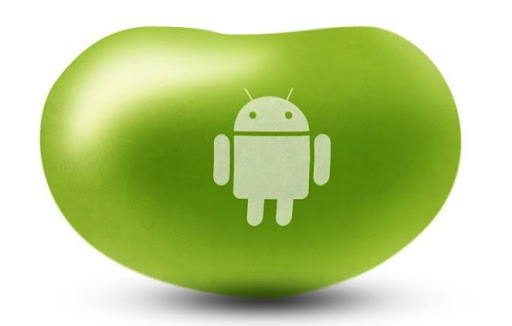
Android 4.2 rolls out to Galaxy Nexus, update file available for Nexus 7
The wait is finally over! Google launches Android 4.2 Jelly Bean today alongside the new Nexus lineup with a treat in store for current Galaxy Nexus and Nexus 7 owners as well. The latest version of Android is rolling out over the air (OTA) for the year-old smartphone, with a manual update available for the ASUS-made tablet as well.
The Android 4.2 Jelly Bean OTA update, build number JOP40C, is available for the Galaxy Nexus HSPA+ sold via Google Play (codename "takju"). The point oner comes in at a rather small 74.3MB and, besides the announced improvements, at a first glance the update delivers a new baseband (I9250XXLH1 from the previous I9250XXLF1) and kernel (dated November 2) as well.
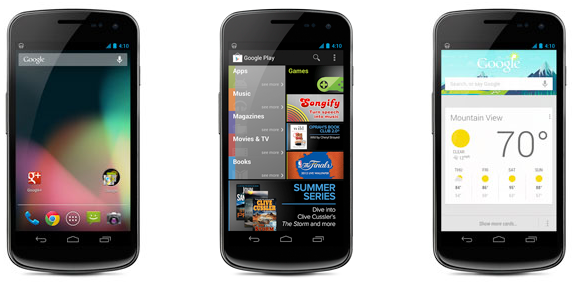
Android 4.2 Transformation Pack is available for the Galaxy Nexus
Android 4.2 Jelly Bean launches together with the new Nexus lineup starting November 13. But if you have a Samsung-made Galaxy Nexus and can't wait more than a week, then Android 4.2 Transformation Pack is the ticket.
Like the name suggests, the mod allows Galaxy Nexus users to experience a number of changes introduced in the latest version of Android. Currently at version 2.1, the transformation pack delivers the Nexus 4 lockscreen, but without widgets, the new version of Gmail with swype support, Gallery, sounds, and a Clock app with stopwatch functionality. The new camera is one of the most touted changes and it too is available in the Android 4.2 Transformation Pack.
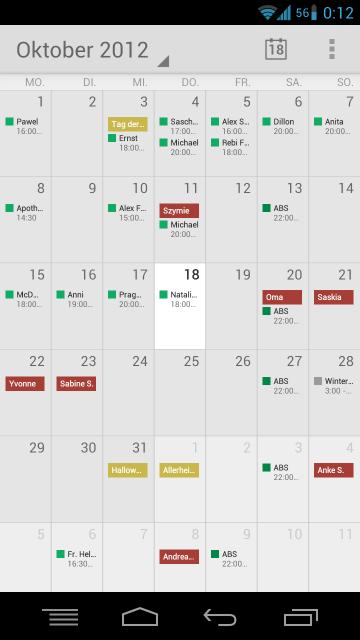
Get the Google Nexus 7 calendar app in the Galaxy Nexus
Even though the Asus Nexus 7 and Samsung Galaxy Nexus share the same version of Android and similar display resolutions, some apps are not identical. On the Google-branded Nexus 7 tablet, the Calendar app displays more information, and thanks to the modding community it's now available for the Galaxy Nexus as well.
Instead of the lines in the Calendar app from Android 4.1 Jelly Bean, the modded tablet variant shows a text description for each event of the day, making it a bit more useful.
Two modded versions are available at the moment, with the first based on the Calendar that ships with Android 4.1.2 and the second on the one available as a separate download from Google Play. Both can be used, but only the latter allows users to sync events dating back one full year.
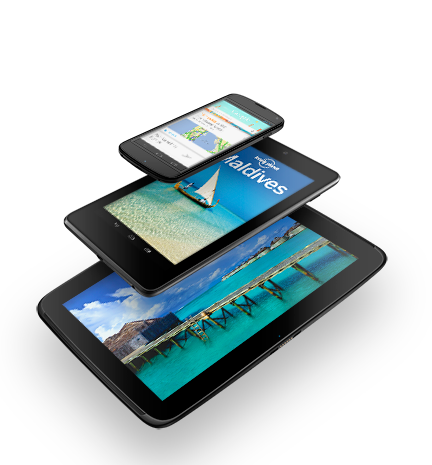
Google announces its iPad rival, the Nexus 10
Just in case you were thinking it was all about the iPad mini and Surface tablets at the moment, along comes Google with a new Nexus range. The company had planned to make a big announcement in New York today, stealing some of the thunder from Microsoft’s Windows Phone 8 launch, but Hurricane Sandy decided to put the kibosh on that (how ironic), so instead the search giant has had to make do with a blog post instead.
There are actually three Nexus devices being announced today, the Nexus 4 smartphone, the new Nexus 7 tablet (which my colleague Joe Wilcox talked about here) and the bigger Nexus 10 -- Google’s 10.1-inch answer to the Apple iPad.
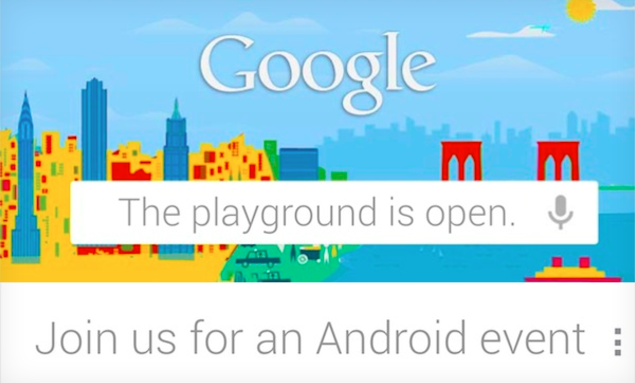
Google looks to steal Windows Phone 8 thunder with competing Android launch
Could the end of October be any more jam-packed? October 29, same day Microsoft launches Windows Phone 8 in San Francisco, Google will hold an event in New York for Android -- presumably for the next Nexus device(s), just about the worst kept tech secret(s) of the month. Microsoft just can't catch a break. This week, Apple sent out media invites for an October 23 shindig, possibly for iPad mini, coming three days before Microsoft launches Windows 8 and Surface tablets.
Yeah, it's a tough month to be Microsoft -- what, with the company's future hanging on the three products and post-PC, connected-device era stumpers Apple and Google looking to dampen Windows' big days. But what a month for gadget geeks -- and the October 26 and 29 events coming on my three sisters' birthdays (twins, in case three on two days puzzles you): Android devices, iPad mini, Surface, Windows 8, RT and Phone. And, hey, what about some of those new smartphones, like LG Optimus G?
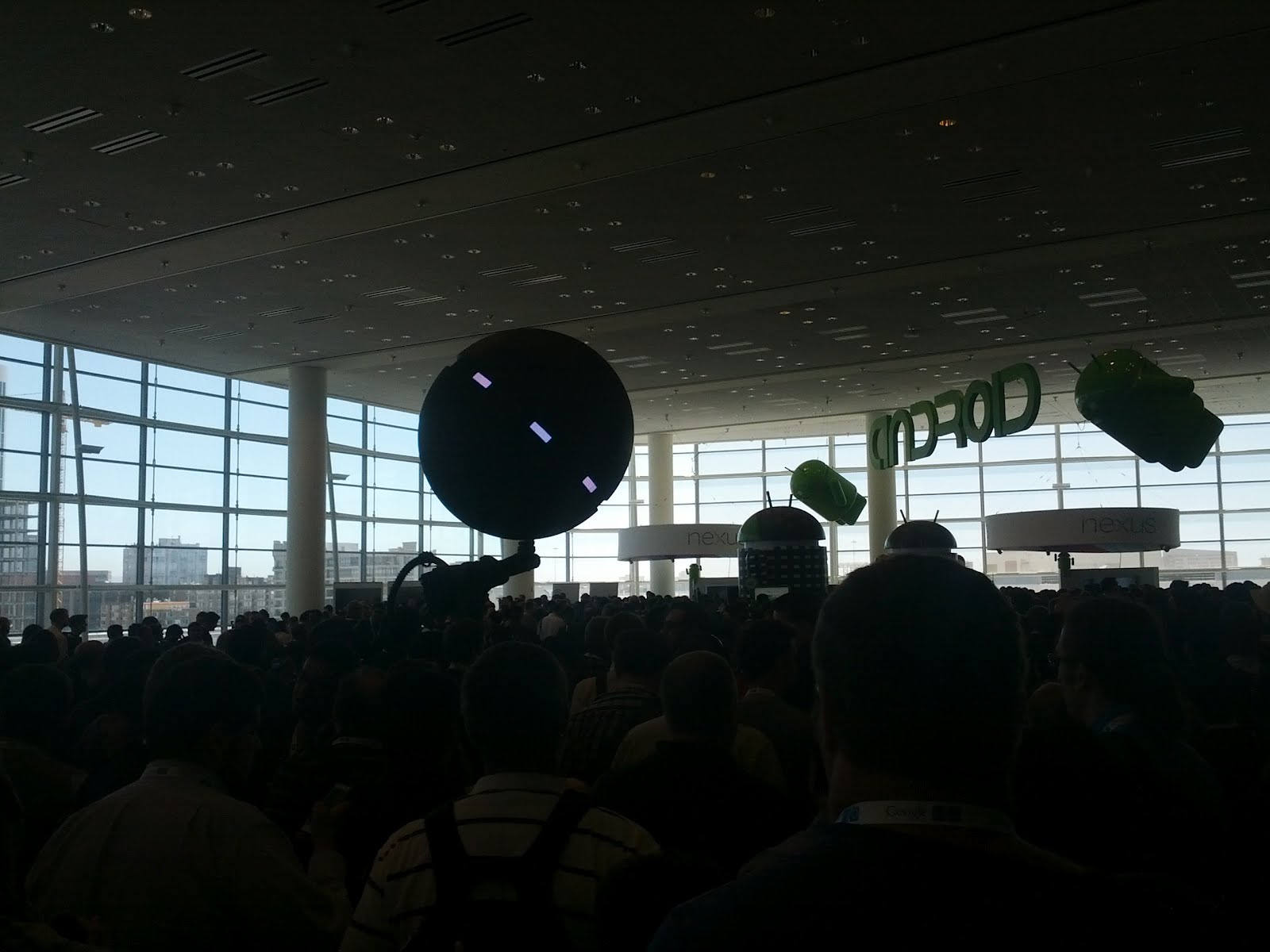
Google posts Android 4.1.2 factory images for Nexus S, Ice Cream Sandwich for Nexus Q
Yesterday Google updated factory images for the Nexus 7 and Galaxy Nexus; today Android 4.1.2 is available for the almost two-year old Nexus S smartphone and Ice Cream Sandwich for the US-made Nexus Q.
Nexus Q launched alongside the latest mobile operating system during Google I/O in June, but today marks the first time it makes an appearance on Nexus Factory Images, still available with the Android 4.0 it originally shipped with. In late July, Google suddenly suspended sales and delayed the entertainment device's launch. Release of factory images could foreshadow closer release. If nothing else, developers with the device have more options to experiment.
